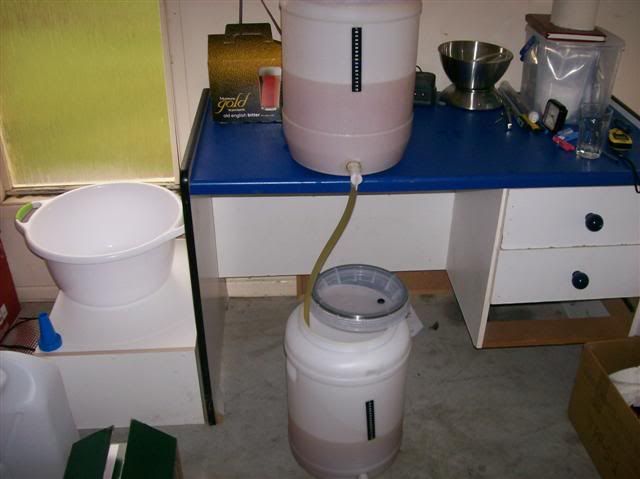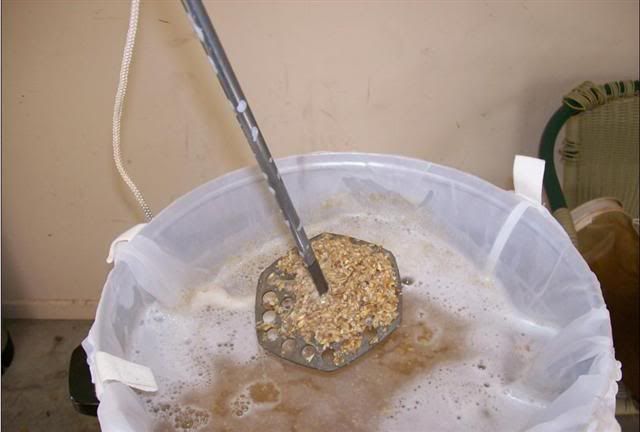It was hard though to know which questions to ask. All-grain is easy once you know what info is important and what can be ignored or advice that is is just plain wrong except in a unique situation.
When I log on here, I always see a lot of guests which must mean that there are a lot of brewers out there exploring BIAB/AG. There are also many brewers who have posted here who are about to have a crack at their first BIAB so I thought it might be a good idea to start a thread where those brewers exploring or about to enter the world of all-grain could ask any questions that they personally think might be, "stupid," etc.
I can't readily think of any stupid brewing question I have seen by a new AG'er anywhere on the net as there is so much confusing information out there. I have though, seen a lot of poor, quick and/or ill-considered answers. To date, I haven't noticed any of these on BIABrewer.info so I think this is a good place to ask.
Just off the top of my head (this was before the days of BIAB) I remember getting very confused on the following...
Batch-sparging, fly-sparging and no-sparging.
Trub
Recipe calculations (especially bitterness!)
Evaporation rates, boil vigour and water volumes.
Transferring of liquids (not necessarily AG related)
Burners
Better stop now as the list would be endless!
Sure, you can create a new topic on BIABrewer.info on any of the above (many of which are in some way still very grey areas) but, if you are like me, it is often less threatening to ask a question in an existing thread rather than create a whole new one.
Doing so will also give all of us something more to talk about while we are drinking beer
PP

